Philodendron Domesticum Variegated
Original price was: ₹6,950.00.₹4,740.12Current price is: ₹4,740.12.
1 in stock
Plant Size: Single plant (5 leaves)| Pot Included | Free Shipping
Philodendron Domesticum Variegated Care
Philodendron domesticum variegated care includes regular watering, fertilizing, and pruning. It should be placed in an area with bright, indirect light. It prefers warm temperatures and high humidity.
Quick Guide
| Soil | Rich and loose potting soil. |
| Water | Moderate watering. |
| Fertilizer | Balanced fertilizer once a month. |
| Light | Medium light intensity. |
| Temperature | 65 and 80 Degrees Fahrenheit. |
| Humidity | 60% or higher. |
| Pruning | Once a year. |
| Re-potting | Every 1-2 years. |
Soil
Philodendron Domesticum Variegated prefers a rich and loose potting soil. You can create your own mix by combining equal parts peat moss, perlite, and vermiculite. This will provide the plant with the drainage it needs to prevent root rot.
Light
Philodendron Domesticum Variegated does best in medium light intensity. It can tolerate low light, but it will not flower in these conditions. If you are growing this plant indoors, place it near a window where it will receive indirect sunlight.
Water
Moderate watering is all that is needed for this plant. Allow the top inch of soil to dry out between waterings. During the winter months, you can reduce watering to once every two weeks.
Humidity
The tropical plant prefers a humid environment. If you live in a dry climate, you can increase the humidity around your plant by placing it on a pebble tray or using a humidifier.
Temperature
Philodendron Domesticum Variegated prefers temperatures between 65 and 80 degrees Fahrenheit. It can tolerate cooler temperatures, but it will not flower in these conditions.
Fertilizer
A balanced fertilizer should be applied once a month during the growing season. During the winter months, you can reduce fertilizing to once every two months.
Pruning
Pruning is only necessary once a year, and it should be done in the springtime. Remove any yellow or dead leaves. You can also trim back the stems to control the plant’s growth.
Repotting
This plant should be repotted every one to two years. When repotting, use a pot that is only slightly larger than the previous one. This will help to prevent root rot.
Appropriate Pot Type
The plant can be grown in a variety of pot types. However, it is important to choose a pot that has drainage holes to prevent root rot.
Only logged in customers who have purchased this product may leave a review.

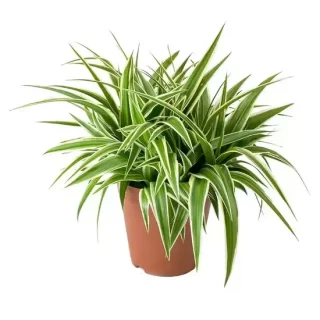
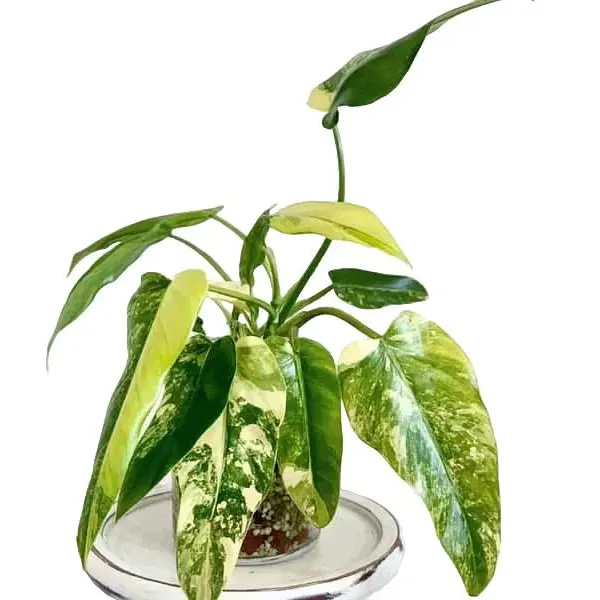

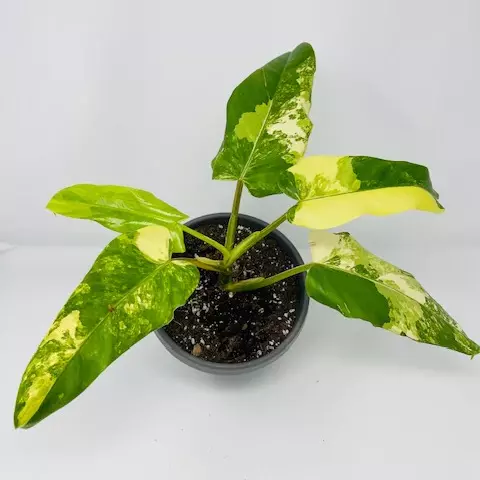
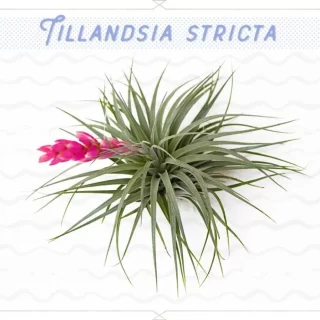
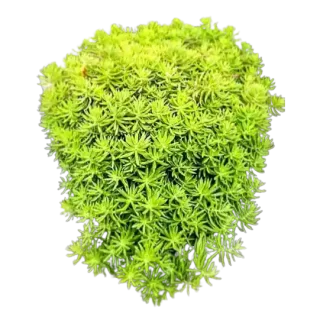
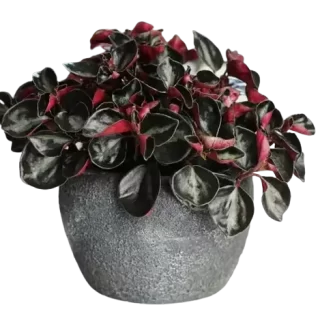

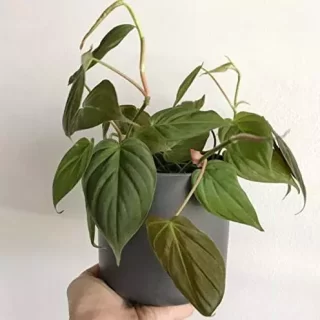
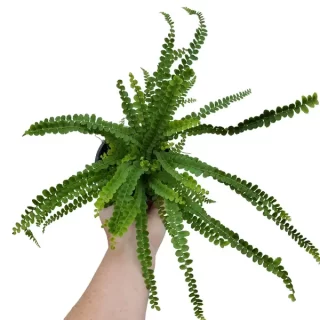
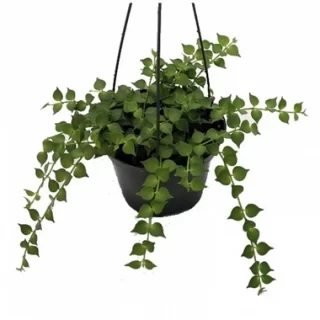

 If you need any assistance, I'm always here. Have you found what you were looking for?
If you need any assistance, I'm always here. Have you found what you were looking for?
Reviews
There are no reviews yet.